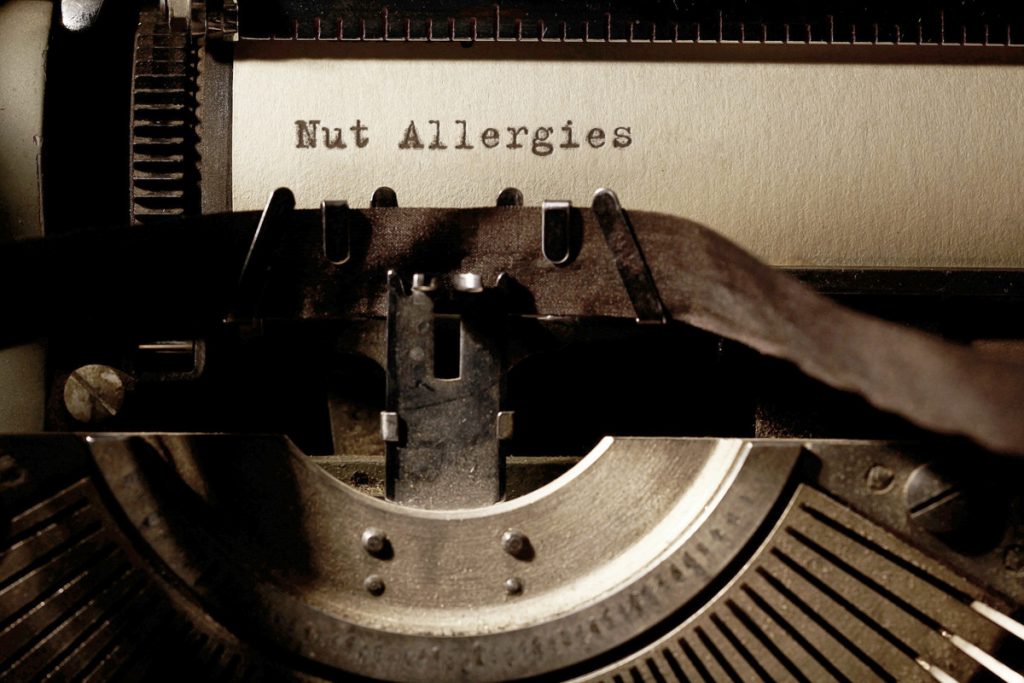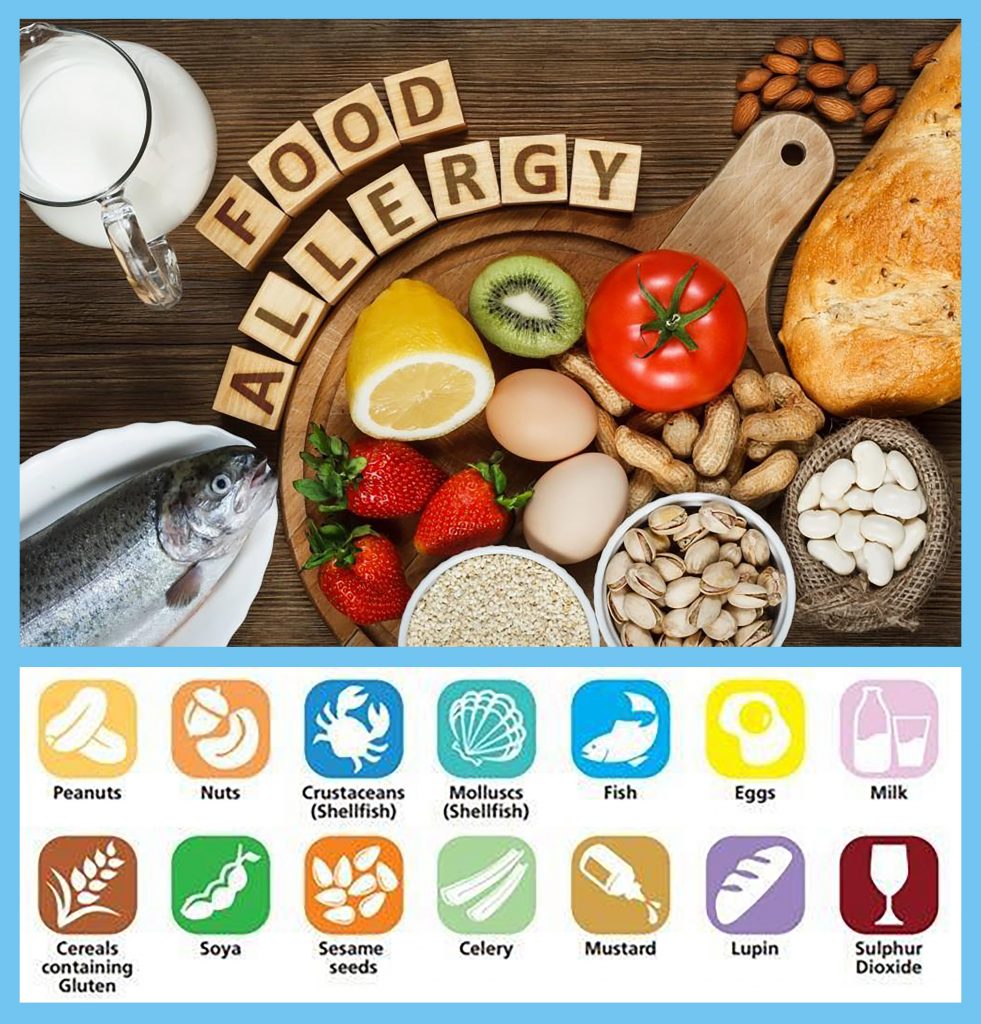
Understanding Nut Allergies: What You Need to Know
What Are Nut Allergies?
Nut allergies are among the most common food allergies, affecting millions of people worldwide. They occur when the body’s immune system mistakenly identifies proteins in nuts as harmful, triggering an allergic reaction. This can happen with tree nuts (such as almonds, walnuts, and cashews) and peanuts, which are legumes but commonly grouped with tree nuts due to similar allergic responses.
Symptoms of Nut Allergies
Symptoms of a nut allergy can vary from mild to severe and may include:
- Mild reactions: Itching, hives, and skin redness.
- Moderate reactions: Swelling of the lips, face, and eyes, stomach pain, vomiting, and diarrhea.
- Severe reactions (Anaphylaxis): Difficulty breathing, swelling of the throat, a rapid drop in blood pressure, dizziness, and loss of consciousness. Anaphylaxis is a medical emergency requiring immediate treatment, typically with an epinephrine auto-injector.
Diagnosing Nut Allergies
Diagnosis is typically done through a combination of:
- Medical history: Assessing past allergic reactions and family history of allergies.
- Skin prick tests: Introducing small amounts of nut proteins into the skin to observe reactions.
- Blood tests: Measuring the presence of specific IgE antibodies that react to nuts.
- Oral food challenges: Conducted under medical supervision, where the patient consumes small amounts of nuts to observe reactions.
Management and Treatment
The primary strategy for managing nut allergies is strict avoidance of nuts and nut-containing products. This involves:
- Reading food labels carefully: Many foods may contain nuts or be processed in facilities that handle nuts.
- Educating oneself and others: Ensuring friends, family, and caregivers are aware of the allergy and how to respond to an emergency.
- Carrying emergency medication: An epinephrine auto-injector should always be available to counteract severe reactions.
- Wearing medical identification: Bracelets or necklaces indicating the nut allergy can be critical in emergencies.
Can Nut Allergies Be Fatal from Proximity?
A common concern is whether someone with a severe nut allergy can have a life-threatening reaction merely by sitting next to someone eating nuts.
Here’s what the research and experts say:
- Airborne Allergens: For most people with nut allergies, casual contact or inhalation of airborne particles from nuts is unlikely to cause a severe reaction. However, some extremely sensitive individuals might react to airborne proteins, particularly in enclosed spaces.
- Cross-contact: More commonly, severe reactions occur due to cross-contact, where nuts or nut residues are inadvertently transferred to the allergic person’s food or environment (e.g., through shared utensils or surfaces).
- Precautionary Measures: While sitting next to someone eating nuts is generally safe for most people with nut allergies, those with severe sensitivities should take extra precautions. This might include avoiding environments where nuts are being consumed, especially in enclosed or poorly ventilated spaces.
Living with Nut Allergies
Living with nut allergies requires vigilance but can be managed with proper precautions:
- Education and Advocacy: Individuals with nut allergies should educate themselves and advocate for safe practices in schools, workplaces, and social settings.
- Restaurants and Travel: When dining out or traveling, it’s important to inform restaurant staff and airline personnel about the allergy and ask about ingredient lists and food preparation practices.
- Community Support: Joining support groups and connecting with others who have nut allergies can provide valuable resources and emotional support.
Navigating Nut Allergies on Flights: Rights, Responsibilities, and Safety Concerns
The incident involving the BBC presenter being removed from a flight due to concerns over her daughter’s peanut allergy highlights the complexities and sensitivities surrounding airborne food allergies and air travel. The presenter was concerned about her daughter potentially having a severe allergic reaction if exposed to nuts during the flight. However, the situation escalated when she requested other passengers not to consume nuts, leading to the pilot asking her family to disembark.
Addressing Allergies Before Booking
Airlines generally have protocols for handling food allergies, and passengers with severe allergies are often advised to inform the airline in advance. This notification allows the airline to make necessary arrangements, such as providing an allergen-free meal or seating the passenger in a specific area to minimize exposure risks. In this case, the presenter could have communicated the allergy to the airline during the booking process, potentially allowing for safer accommodations and reducing the likelihood of in-flight incidents (The Independent) (HuffPost UK).
Was the Pilot’s Decision Justified?
From the airline’s perspective, the pilot’s decision to remove the family can be seen as a precautionary measure. Airlines have to balance the safety of all passengers and ensure that their operational procedures are not disrupted. If a passenger’s request is perceived to cause significant concern or potential disruption, the crew might decide that it’s safer for everyone involved to have the passenger removed from the flight. This action, while seemingly harsh, might have been intended to prevent any potential medical emergency that could arise during the flight, where immediate medical assistance is limited (The Independent) (SnackSafely.com).
Passengers’ Rights vs. Safety Concerns
The broader debate here involves the rights of individuals to eat certain foods versus the safety concerns of those with severe allergies. Airlines are increasingly faced with these dilemmas as the number of passengers with food allergies rises. While it might seem a fundamental right to eat what one chooses, this right can be restricted in confined spaces like an airplane cabin where the health of other passengers is at risk. The balance between these rights and the necessary precautions to avoid medical emergencies requires careful consideration and clear communication between passengers and airline staff (The Independent) (HuffPost UK).
Conclusion
While the pilot’s decision to remove the BBC presenter and her family might appear extreme, it underscores the importance of thorough pre-flight communication regarding severe allergies. Ensuring that such information is conveyed to and acknowledged by the airline beforehand can help prevent such situations. Both passengers with allergies and airlines need to work together to find practical solutions that prioritize health and safety without unduly infringing on others’ rights (SnackSafely.com) (HuffPost UK).
Nut allergies are serious and can lead to severe, life-threatening reactions. Understanding the nature of these allergies, recognizing symptoms, and knowing how to manage and treat reactions are crucial. While the risk of severe reactions from proximity to someone eating nuts is generally low, those with extreme sensitivities should take appropriate precautions to ensure their safety. With careful management, individuals with nut allergies can lead full and active lives.
Further Reading
- BBC presenter kicked off flight by ‘screaming’ pilot after warning passengers of daughter’s peanut allergy (msn.com)
- Turkish Airlines Boots Family from Flight Due to Daughter’s Peanut Allergy | SnackSafely.com
- Woman stranded 2,000 miles from home after being ‘kicked off flight due to nut allergy’ | The Independent




















